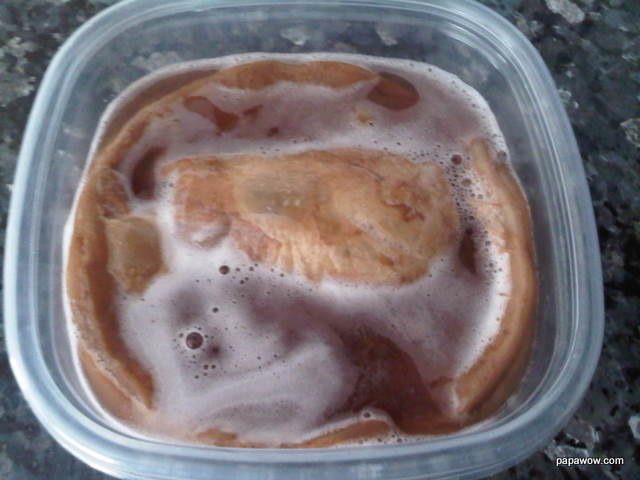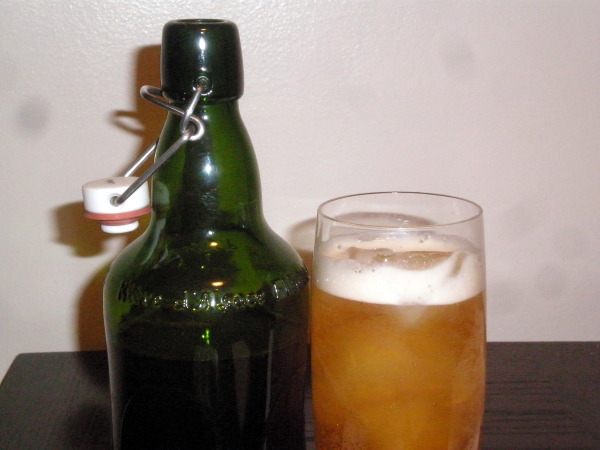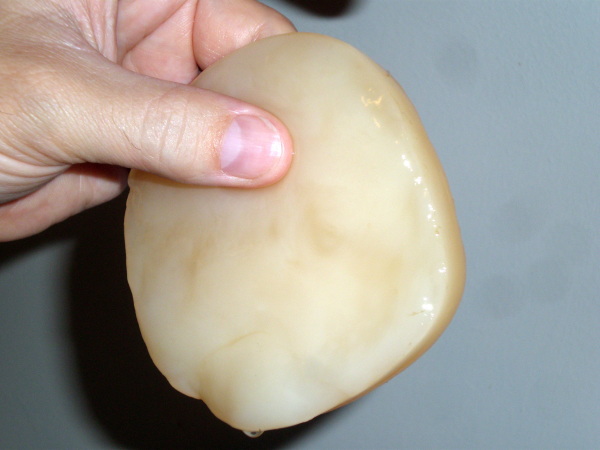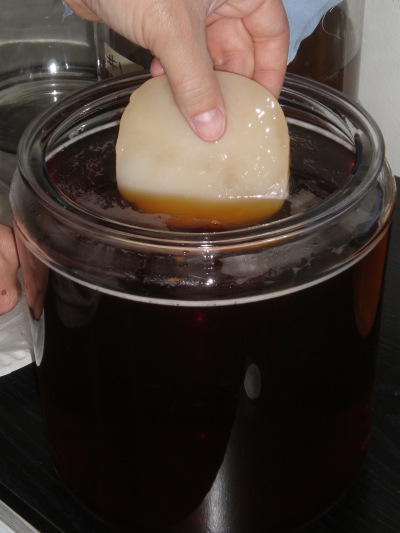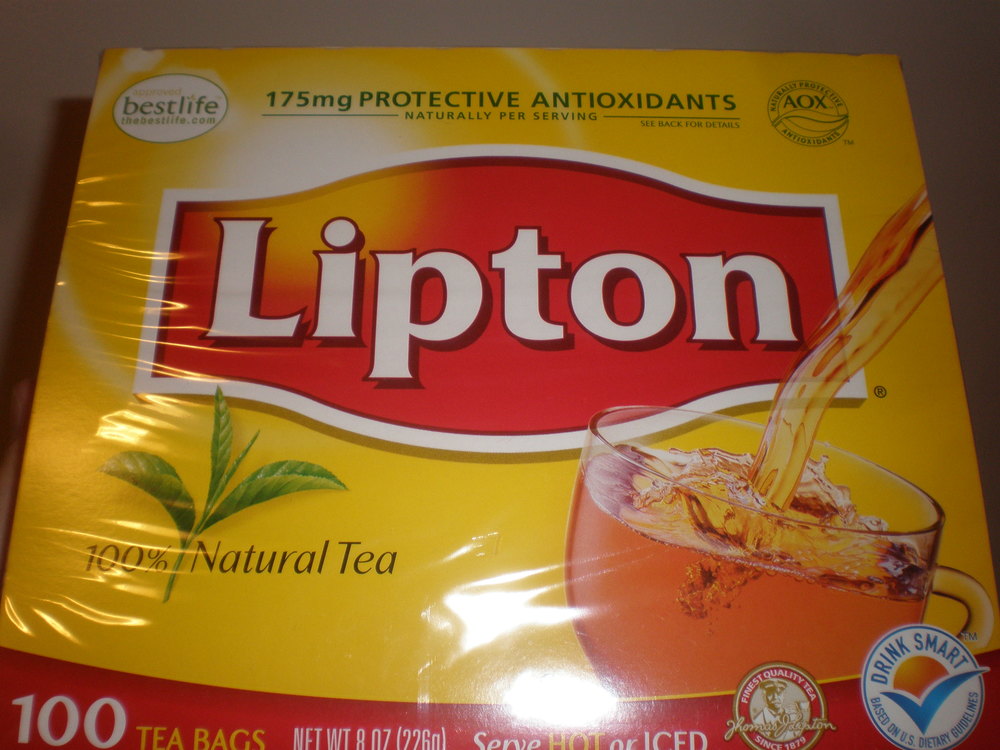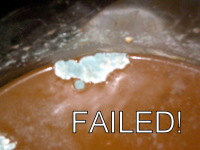 Kombucha Chicken with Pineapple and Bell Pepper
Kombucha Chicken with Pineapple and Bell PepperMaking a play on Sweet and Sour Chicken, kombucha adds a whole new element to the flavors of this Chinese-American dish. Kombucha is fermented sweet tea so along with the sweetness, there’s a vinegar aspect and a hint of earthiness from the black tea.
The pineapple and bell peppers work amazingly with the honey, soy, and cilantro sauce. Keeping the vegetables in large chunks retains their crunch and allows you to eat them more easily with chopsticks. A little chili brings some heat into the mix and the ginger brings a brightness and a burst of flavor.
Everything takes about an hour - when served over saffron rice (recipe below) and with a side-salad, a healthy meal emerges.
Kombucha Chicken with Pineapple (printable recipe)
- 6 thighs of chicken
- 1 teaspoon of oil
- 16 ounces of plain kombucha
- 3 tablespoons of soy sauce
- 1 tablespoon of balsamic vinegar
- 1 teaspoon of ginger, minced fine
- 1 tablespoon of honey
- 1 jalapeno, diced fine
- 1/2 pineapple, cut into chunks
- 1 carrot, diced
- 1 red bell pepper, cut into chunks
- 2 tablesopoons cilantro, minced
- juice of one lime
- salt and pepper
Season both sides of the chicken with salt and pepper. In a pan over medium-high heat, add about a teaspoon of oil to cover the bottom and add the chicken, skin-side down. Sear the skin until it is crispy, about 10-12 minutes.
While the chicken is crisping, in a small pot, bring the kombucha to a simmer. When the chicken is done searing, add it to the pot with the kombucha. Allow the thighs to simmer for 30 minutes.
Drain the oil and rendered fat from the pan and add the jalapeno, carrot, soy sauce, balsamic vinegar, ginger, honey, and a teaspoon of salt. Make sure to scrape the browned bits from the bottom of the pan. Turn the heat down to low and let all of these reduce while the chicken braises.
After 20 minutes, add the pineapple and bell pepper to the pan with the sauce. 10 minutes later, when the chicken is done braising, pull the thighs from the kombucha and add it to the pan with the pineapple and the bell pepper.
Turn the heat to high. Give everything a few turns to coat the chicken well, about 5 minutes. Kill the heat, add the lime juice and the cilantro and serve hot over rice.
Saffron rice
Follow instructions for 4 servings of rice from package and add a pinch of saffron (about 10 “hairs”) and a tablespoon of butter. Be sure to rinse the rice well.
Since my earlier attempt at making Kombucha from scratch was a total failure, I ordered a scoby online. This makes sense to me because virtually all things fermented are started with leftovers from the last batch; think sourdough, brewers yeast, and vinegar. From generation to generation, these "starters" were passed on. The exception being Lambic, which is traditionally allowed spontaneous fermentation, but that's another story...
What arrived was a 1 inch thick gelatinous mass called a scoby (symbiotic culture of bacteria and yeast). It may have cost me $10 after shipping and handling. I brewed up a gallon of tea with 7 Lipton Original tea bags and a cup of sugar. I waited for it to cool to room temperature so that the heat does not harm the scoby, and I dropped it into a 1 gallon glass jar.
I covered it with some cloth (or you could also use a coffee filter) and secured it well with a rubberband. Within a few days, a new, much thinner scoby began to form on the surface. After about two weeks I used a straw to push aside the new scoby and tasted it like a bartender, capping the straw with my finger.
Once it was ready I strained it into a pitcher. With the pitcher it was easier able to pour into sanitized stopper-top beer bottles using a funnel . If you like your kombucha sweeter, don't let it ferment as long - the longer you let it go, the more sugar is converted into acetic acid (vinegar).
I used the stopper-tops because they are less likely to explode if too much pressure builds inside (see the bottle above, like the brands Grolsch or Fischer). With a standard bottle cap, supposedly this can occur, or the caps shoot off making kombucha geysers in your cabinet.
Another week in the bottle allows the kombucha to carbonate itself naturally (like Krausening beer). The result is a slightly sweet and tangy carbonated iced tea. There is nothing similar to compare it too, kombucha really is in a category of its own.
In my second batch, I experimented by adding the juice of a large ginger root. I shreded the whole root with a microplane (there's no need to even peel it), picked it up with a clean hand and squeezed the juice out. Holy schniekies, this is the way to go! Granted, I'm a ginger-freak who never leaves any left at the sushi bar, but this is an invigorating drink. Ginger kombucha comes HIGHLY RECOMMENDED.
I'm going to try upping the sugar this next round in order to make something even more tart. I'm going to add more tea as well. The current recipe is very good and quite refreshing, but I desire something with a little more umph. I'm also going to experiment with different additions, herbs, spices, etc. in the coming weeks. Maybe mint next!
Making Kombucha from a purchased scoby is incredibly easy - just keep everything sterile. I use an industrial strength, iodine-based sanitizer, but you could also use a diluted bleach solution. Before you begin, I suggest that you read the following websites very carefully - and take notes:
Kombucha and Vinegar Making - by Dominic N Anfiteatro
Making Kombucha Mushroom Tea - by The Happy Herbalist
How to Make Kombucha - by Seeds of Health
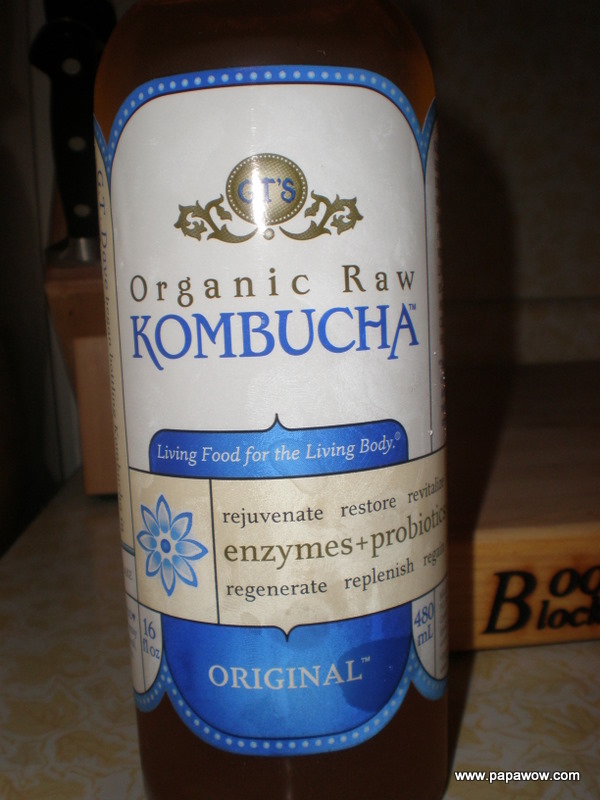
Kombucha is so hot right now. With the popularity of Kombucha syrocketing, I tried making some from scratch (note: do not try this at home, I am a professional, and an idiot, and I can eat damn-near anything without getting sick).
I've been brewing beer for almost 15 years, I make my own vinegar; the former is yeast, the latter is acetobacter - kombucha, however, is both...
When I tell you that Kombucha is "so hot right now" I'm not joking. According to the NY Post, Lindsay Lohan and Kirsten Dunst are drinking it (they postulate for it's supposed detoxifying properties) and Marie Claire UK says Halle Berry, Madonna, and Meg Ryan have been drinking it too.
So hot.
One of the most popular brands (seen here) is GT Dave's. It is 'sprouting' up at more than just health food stores; I've seen it at deli's and corner stores. There are now 13 flavors and if you are a novice, I suggest the Gingerade or one of the Synergy flavors first (they have fruit juice added).
Let's back up. Kombucha dates back more than 2000 years and it is a symbiotic relationship between a yeast culture and a bacteria culture (mostly acetobacters) simultaneously fermenting sweetened black or green tea. This culture takes shape as a rubbery-gelatinous disk that hovers in the tea as it goes through fermentation.
The disk is referred to as a SCOBY, a 'Symbiotic Culture Of Bacteria and Yeast'. As the yeast is consuming the sugars and turning them into carbon dioxide and ethanol - the bacteria is turning the ethanol into acetic acid (vinegar). The result? Kombucha is a sweet, tangy, carbonated, iced tea. How sweet, tangy, and carbonated it ends up varies from batch to batch.
People sell Scoby's online and I read about several people starting their own culture from a bottle GT Dave's - my hubris takes over and I decided to experiment. I make two batches, I try to cultivate one from the store bought kombucha, the other I try to Frankenstein.
I start by making tea using 'good ole' Lipton's black with 7 tea bags. I add a cup of plain white sugar, dissolve it, and divide it into two.
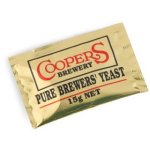 I add one 15g packet of Coopers Brewers' Yeast and one 16oz. bottle of Bragg's Organic Raw Apple Cider Vinegar (unfiltered, unpasteurized) to the brew and label it #2.
I add one 15g packet of Coopers Brewers' Yeast and one 16oz. bottle of Bragg's Organic Raw Apple Cider Vinegar (unfiltered, unpasteurized) to the brew and label it #2.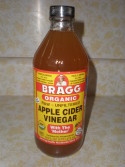
To batch #1, I add a 16oz. bottle of GT Dave's Original.
I wait.
After one week, there is action in #2 (The Frankenstein); there is a film beginning to cover the surface and a distinct vinegar aroma taking over the kitchen. There is nothing going on in #1. Frankenstein is far cloudier than #1, far more pungent, and there are obvious signs of fermentation going on - effervescence, things floating around, and its appearance changes with every glance...
I'm making something here, but at this point I'm not sure what.
Weeks two, three, and four go by. The action in Frankenstein plateaus at about week 5. Meanwhile, there is still nothing much going on in #1. Maybe some bigger lumps, or maybe not; maybe those were there before... I'm bored with #1. Frankenstein however, is alive. It's alive! Week six comes and I contemplate botteling when...
Mold!
"The Literature" suggests this is a result of the Ph not dropping quickly enough (becoming acidic) and thus allowing spores to propagate. I also read that although the acetobacters in the Bragg Apple Cider Vinegar may be similar to a Kombucha scoby, the yeast strains are quite different.
I won't get into technicalities here (because I'd likely be called out by a real Biologist) but the resulting brew got poured down the drain. I will write more with the results of the other later.
"You seek for knowledge and wisdom, as I once did; and I ardently hope that the gratification of your wishes may not be a serpent to sting you, as mine has been." - Mary Shelley, Frankenstein

